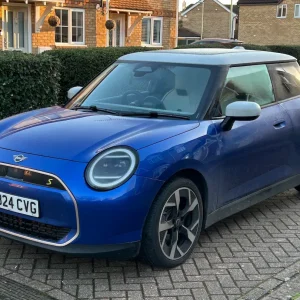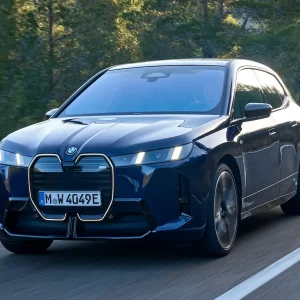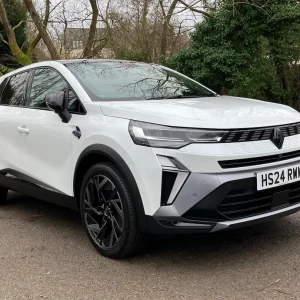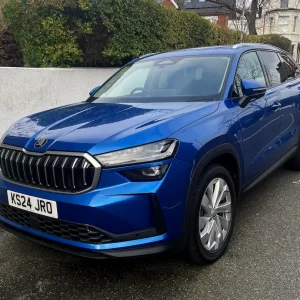Our first report on the Volkswagen Golf from trying pre-production cars on the international media launch left us a little guarded in our opinions.
Fundamentally we felt there was a good car there, but there were a few problems with the multimedia interface that suggested the pre-production cars were not representative of what customers would receive.
We were keen to try one of the first Golf models in the UK, and the opportunity arose to appraise the 1.5 eTSI with DSG automatic transmission.
This 150hp test car is a step up from the 130hp engine expected to be a bestseller. However, with interest in diesel on the wane, the petrol engine will be of interest to fleets, at least until the user-chooser targeting GTE arrives.
Around two thirds of UK registrations of the Golf are sold to fleets, so it’s understandable that the range is structured around the preferences of the corporate sector.
Our Life equipment grade begins a new designation strategy for Volkswagen, and it’s broadly equivalent to SE elsewhere in the range. Customers can choose to step up to Style (SE L) and the R Line is the highest level. There are entry-grade versions in other markets.
The remarketing industry in the UK thrives on easy-to-decipher grade-naming strategies (such as S, SE and Sport), as anything too far removed from those clear steps could be misinterpreted. So it will be interesting to see how committed Volkswagen is to this departure for the Golf 8, and how far through the range it permeates and for how long it will last.
With a mid-grade mode as the first step into the range, it means drivers choosing one will want for little, and those in the essential user sector would probably be very happy.
LED lights are standard, as well as a 10in dashboard touchscreen, satnav, adaptive cruise control and a wireless smartphone charger. It’s a very good package as the first step into the Golf range.
The multimedia interface has almost all functionality behind the dashboard screen, and it will take some time to get used to. We had the car for a week, and it really needs a couple of hours to explore the functions and understand where to find them.
The 150hp eTSI engine (which offers cylinder deactivation under light throttle loads) is sprightly when needed, and the seven-speed DSG is still the best of the dual-clutch transmissions on the market. The combination is currently available with a 48V mild hybrid system to help reduce fuel consumption and CO2 emissions,
I had driven the Seat Leon immediately before the Golf and expected there to be very strong similarities. Of course, there are on paper, and you can see some of the switches in both are identical.
Both are good, but also there is a difference in how they feel. Having produced the Golf for 45 years, Volkswagen seems to understand those intangible factors that anyone who has experienced a Golf will know and feel.
It’s comfortable and reassuring, but not in any way dull. In its eighth iteration, driving a Golf seems to be about ensuring the driver can focus on jobs in their schedule while the car provides a tranquil sanctuary between journeys. Most company car drivers can’t ask for more than that.
Volkswagen Golf 1.5 eTSI Life DSG
P11D: £26,170
Residual value: 39.4%
Depreciation: £15,870
Fuel: £5,964
Service, maintenance and repair: £1,656
Cost per mile: 39.2p
Fuel consumption: 49,2mpg
CO2 (BIK band): 130g/km (29%)
BIK 20/40% a month: £122/£244
Boot space: 381 litres
Engine size/power: 1,498cc/150hp





